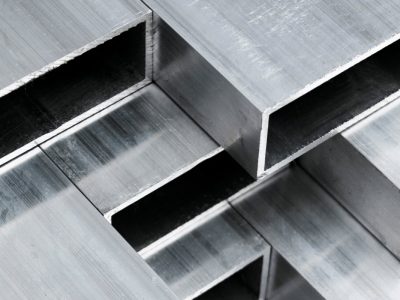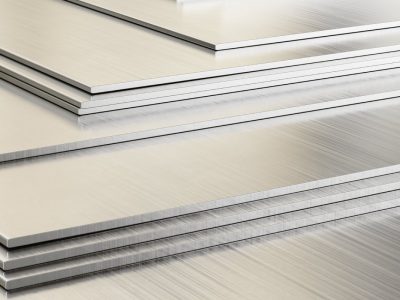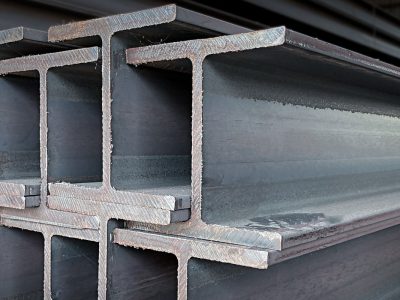Avoid error patterns
Correctly pre-treat a powder coating
Pre-treatment of the surface to be coated before powder coating is important to achieve optimum results. Thorough cleaning and the use of suitable pre-treatment methods improve the adhesion of the powder. On the one hand, an aesthetic appearance is achieved and, on the other hand, constant corrosion protection is created.
The right preparation is essential
Preparation includes various cleaning methods. In the case of textured material surfaces, pre-treatment ensures ideal adhesion of the subsequent coating solutions. Without such measures, there is a risk of various defects affecting the quality and aesthetics of the powder coating.
These include
- poor adhesion
- blistering
- speckling
- the picture frame effect
- Corrosion damage
- and spalling
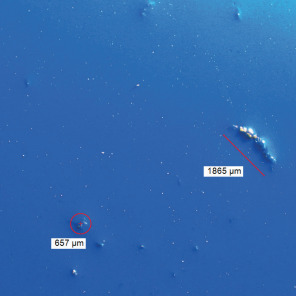

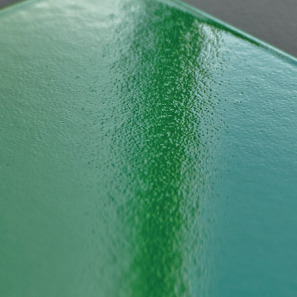
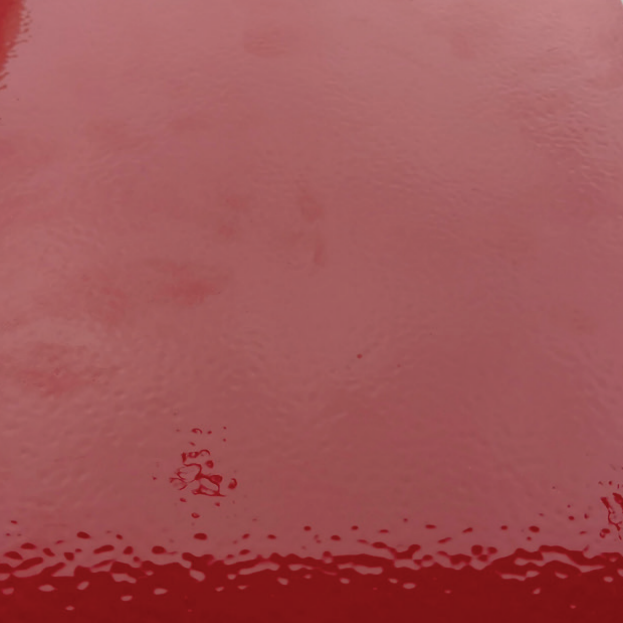

Various methods are used for effective pre-treatment. Depending on the substrate material, different mechanical methods are used to remove dust, scale, corrosion, oil, grease and other contaminants. Chemical pre-treatments prior to powder coating include various solutions that remove naturally occurring oxides on aluminium and galvanised substrates.
Hinweise zur Vorbehandlung
Tempering
Tempering refers to the process in which workpieces are heated to a certain temperature before powder coating. This serves to reduce stresses in the material and remove any residual moisture. Correct tempering ensures a uniform layer thickness and prevents blistering and other surface defects.
Ensure cleanliness
A clean environment is also crucial for high-quality powder coating. Dust, dirt, grease and other impurities can settle on the workpieces and impair the adhesion of the powder coating. Coating areas should therefore be kept free from sources of contamination.
Check grounding
Earthing the workpieces is an important step in the powder coating process. Good earthing ensures that the powder is applied evenly by enabling a stable electrostatic charge. Before starting the coating process, the earthing should be carefully checked and adjusted if necessary.
Observe dwell time
The dwell time refers to the length of time a workpiece must remain in the oven at a certain temperature in order for the powder coating to fully cure. Maintaining the correct curing time is crucial in order to achieve an optimum property profile for the coating. Dwell times that are too short or too long can lead to defects.
Set application parameters correctly
Setting the optimum application parameters such as air and powder quantity, voltage/current and distance of the spraying elements to the object is essential for an even and complete coating. These parameters must be adapted to the respective material and the specific requirements of the workpiece to ensure a perfect finish.
Optimal temperature for coating
The right temperature during coating is crucial for the powder to melt and bond to the surface. Temperatures that are too low can lead to incomplete cross-linking, while temperatures that are too high can damage the powder coating. The optimum temperature depends on the powder coating used and the material of the workpiece.
Cleaning the application devices
Regular cleaning of the application equipment is necessary to ensure a consistently high coating quality. Powder residues and deposits can impair the functionality of the equipment and lead to an uneven coating. The appliances should be cleaned thoroughly after each coating process.
Conversion layer forming processes
The pre-treatment of components to be coated is of great importance for the corrosion resistance and durability of the coating. A bright metallic surface is generally regarded as a basic prerequisite for perfect pre-treatment.
It is common for the parts to be coated to be covered with various intrinsic or foreign residues beforehand. These include oxide layers and oxidation products such as rust deposits on steel. Foreign layers can be oils, greases, anti-corrosion coatings, passivations, welding sprays, paints and adhesive residues, some of which are barely visible.
These residues can act as a release agent and reduce the adhesion of the pre-treatment and the paint film to the base material. They lead to visible defects such as craters, specks or wetting problems if they are not removed.
Thorough pre-treatment, including the removal of residues, is therefore essential to ensure a high-quality coating with good adhesion, corrosion resistance and durability.
If the components are exposed to moisture or corrosive substances, a conversion coating treatment is always required. If there is no conversion coating, water vapour diffused through the paint film can lead to corrosion on the substrate. This results in blistering. Thanks to a conversion layer, a corrosion-protective coating is created. At the same time, the adhesion of the subsequently applied paint film to the base material is significantly improved.
Depending on the area of application and substrate, different chemical (e.g. iron or zinc phosphating on steel) or mechanical pre-treatments (e.g. blasting of steel) are used, alone or in combination.
FreiLacke - Your partner for professional coating solutions
Freilacke offers a wide range of coating solutions, including electrocoatings, powder coatings and industrial coatings. These products are used in various industries. They are used in the construction industry as well as in the sanitary sector. In vehicle construction, they protect the bodywork from various environmental influences and ensure an aesthetic finish. Freilacke stands for quality and innovation and ensures that your coating solutions fulfil the high requirements of the respective areas of application.
Discover our powder coating solutions
Cost-efficient, environmentally friendly and highly durable.
Find out more about powder coating different materials:
Unsere Fokusthemen als Lackhersteller


